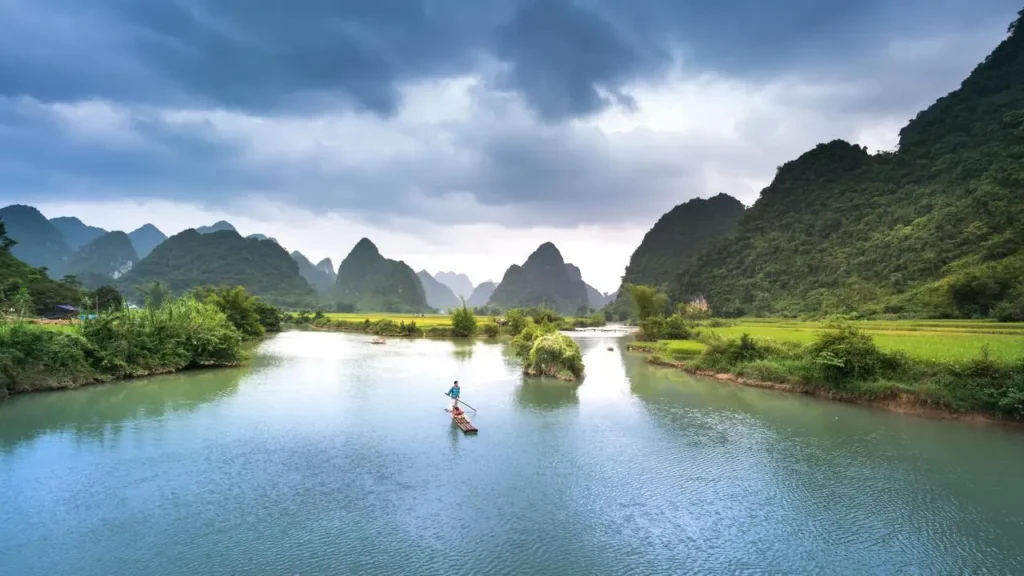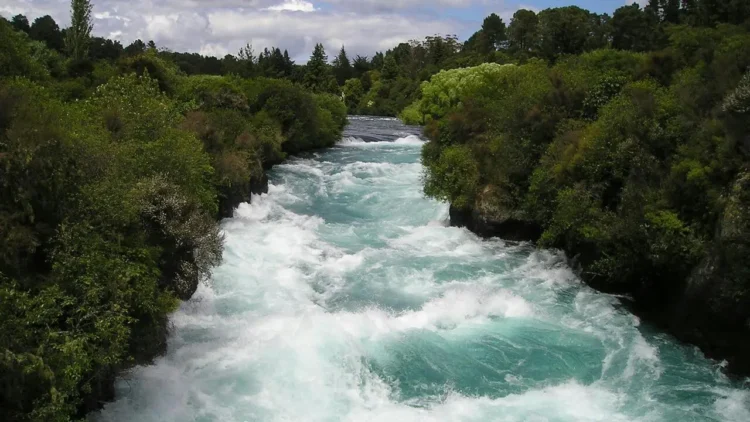The Ganga River system isn’t always only a lifeline for thousands and thousands of people in India but also a critical ecological treasure. This significant river device helps various ecosystems, sustains numerous species, and plays a crucial position inside the socio-monetary fabric of the region. This article delves into the ecological significance of the Ganga River system, highlighting its significance and the pressing need for conservation.
The Ganga River System: An Overview The Ganga River, also called the Ganges, originates from the Gangotri Glacier within the Himalayas and traverses over 2,500 kilometres through the northern plains of India before emptying into the Bay of Bengal. Along its route, it is joined by several tributaries, which include the Yamuna, Ghaghara, Gandak, and Kosi, forming an intensive and complex river machine. This network of rivers supports one of the most fertile and densely populated regions in the world.
Ecological Significance Biodiversity Hotspot: Ganga River System

Read also: Violence in Manipur: Union Home Minister Amit Shah Reviews Situation and Plans Action
The Ganga River system is home to a rich array of biodiversity, inclusive of numerous species of fish, amphibians, reptiles, birds, and mammals. Notably, it affords habitat to the endangered Ganges river dolphin (Platanista gangetica) and the severely endangered gharial (Gavialis gangeticus). The riverine surroundings help diverse aquatic and terrestrial species, making it a biodiversity hotspot that requires pressing attention and safety.
Nutrient Cycling and Soil Fertility The Ganga River plays an important function in nutrient cycling and keeping soil fertility in the Indo-Gangetic plains. The annual floods deposit nutrient-wealthy silt onto the floodplains, replenishing the soil and making it extraordinarily fertile for agriculture. This herbal manner helps the impact of the Ganga river on crops, along with rice, wheat, sugarcane, and veggies, that are crucial for the food security of hundreds of thousands of people.
Ecosystem Services
The Ganga River system offers a range of atmospheric services that might be essential for the well-being of local communities. These services consist of water purification, flood protection, groundwater recharge, and climate regulation. Healthy river ecosystems help filter pollutants, mitigate flood dangers, and maintain the water cycle, thereby supporting sustainable livelihoods and resilience to weather changes.
Challenges and Conservation Efforts Despite its ecological significance, the Ganga River system faces several demanding situations: pollutants, over-extraction of water, habitat destruction, and climate exchange. Industrial effluents, agricultural runoff, and untreated sewage have critically degraded water quality, posing a danger to both human fitness and aquatic lifestyles.
To deal with these problems, numerous conservation initiatives have been launched, including the Namami Gange Programme, which goals to rejuvenate and restore the Ganga River. Efforts include pollutant abatement, riverfront improvement, biodiversity conservation, and network engagement. However, sustained and collaborative efforts are needed to ensure the long-term fitness and sustainability of the Ganga River system.
Conclusion The Ganga River machine is an important ecological and cultural asset that supports millions of lives and a wealthy biodiversity. Recognizing its ecological importance and addressing its challenges is important for the well-being of the environment and the communities that rely upon it. Through concerted conservation efforts and sustainable practices, we can ensure that the Ganga River continues to thrive and offer its useful services for generations to come back.
To get more out of our exclusive news, Join us on our WhatsApp Channel, Facebook, X, and Instagram.















